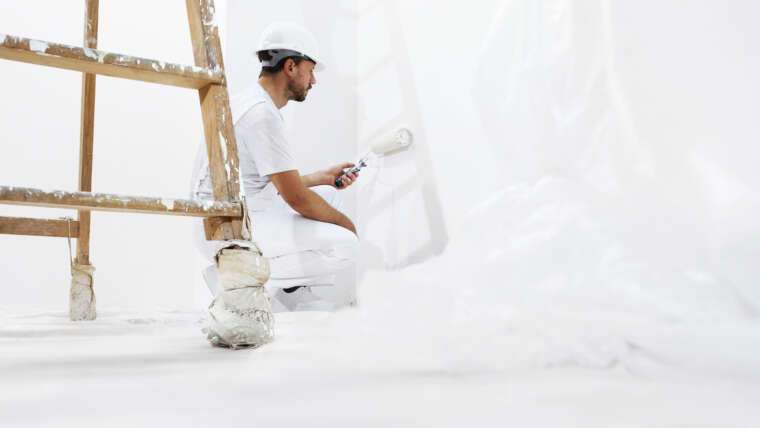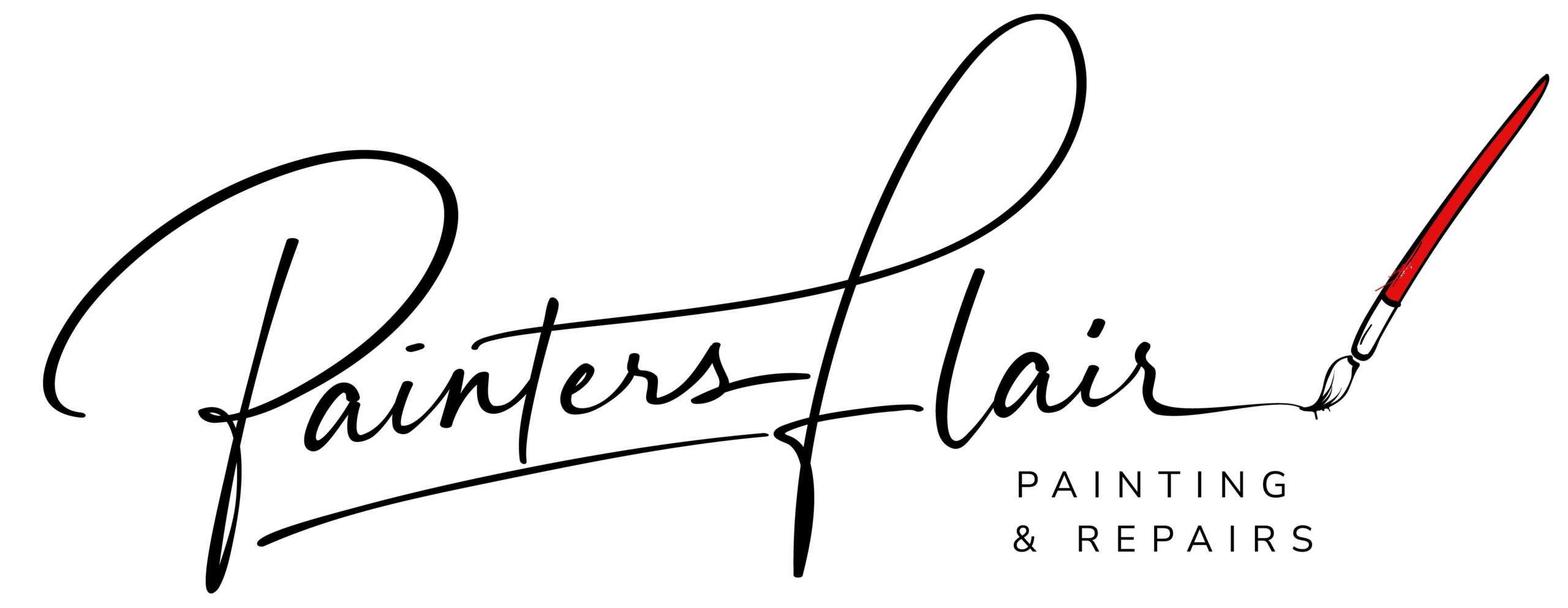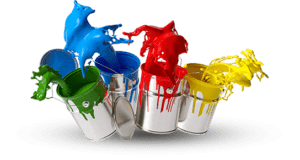
Drop cloths
As professional house painters, we work to eliminate but are aware mistakes are inevitable in our line of work. Whether it’s a spot of paint or an errant paint spray, being prepared is key. Basically, that’s why we always use large drop cloths to cover the areas we are painting in, ensuring that any mishaps are easily contained.
Caulk base boards where there is separation
One of our initial tasks is to inspect for any trim separation from walls and address it by caulking the affected areas. To emphasize, this not only improves the overall look but also ensures a smooth finish once the painting is complete.
Use sheet rock mud on any dinks or cracks.
We Address nail pops, wall dents, and cracks to produce a flawless paint job. We apply sheet rock mud to these imperfections, allowing it to dry before smoothing out the area by sanding. Additionally, we apply primer over these spots to ensure a seamless finish.
Use tape to your advantage
To maintain precision and prevent accidental paint marks, we strategically use tape to protect baseboard edges and sometimes ceilings. This approach allows us to work with greater ease and accuracy, ensuring a clean and professional result.
Protect face plates and locks
Before we commence interior painting, we meticulously inspect the room and take measures to protect face plates, door handles, and light fixtures. Also, this includes removing them if necessary to avoid unwanted paint application. We also take care to cover any furniture in the room to prevent any accidental paint exposure, and ensure a clean workspace by removing any potential distractions.
Do not leave painted footprints
We understand the importance of cleanliness, which is why we promptly clean up any paint spills or drops to avoid leaving any unwanted marks throughout the house. This attention to detail is crucial in delivering a professional and pristine finish.
Clean paint drops immediately
In the event of a paint spill, we act swiftly to clean it up. For wet paint, a sponge works wonders, while solvent-based paint spills are addressed with the appropriate thinner. We understand the nuances of different paint types and invest in the right tools to ensure thorough and effective clean-up, maintaining the integrity of your floors and surfaces.

